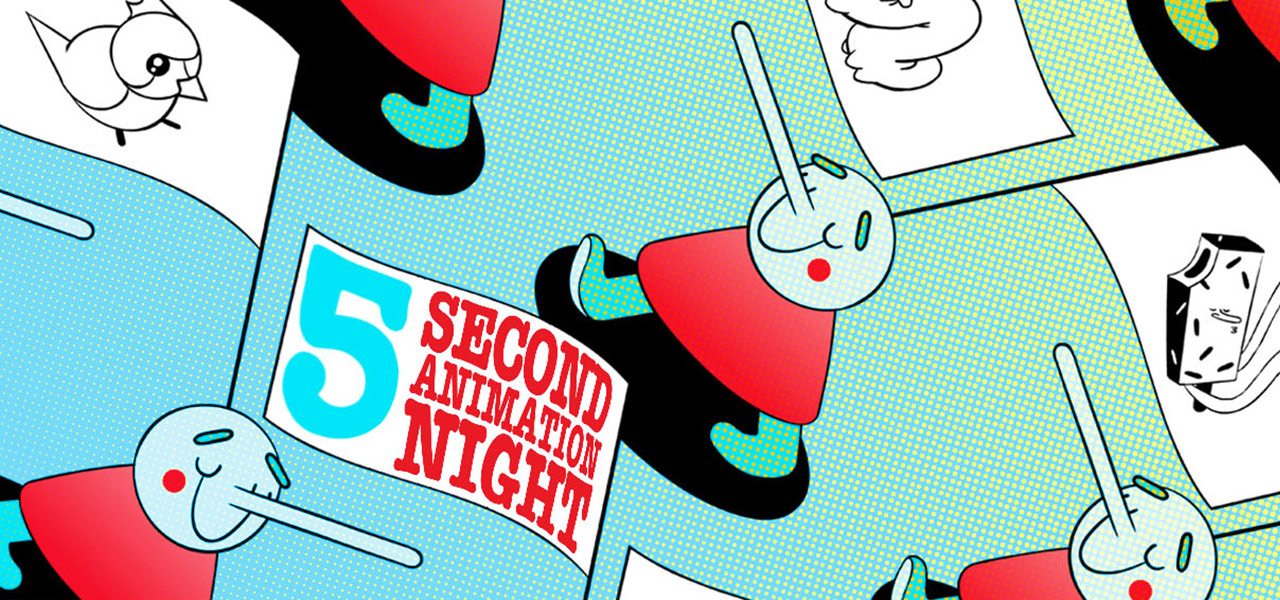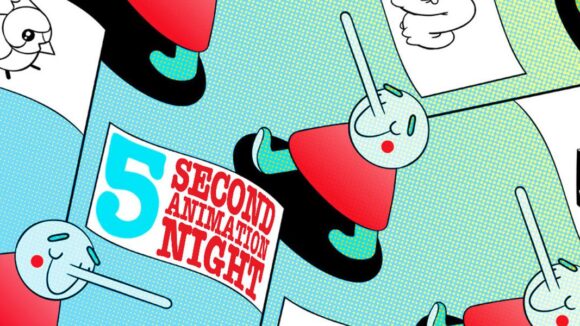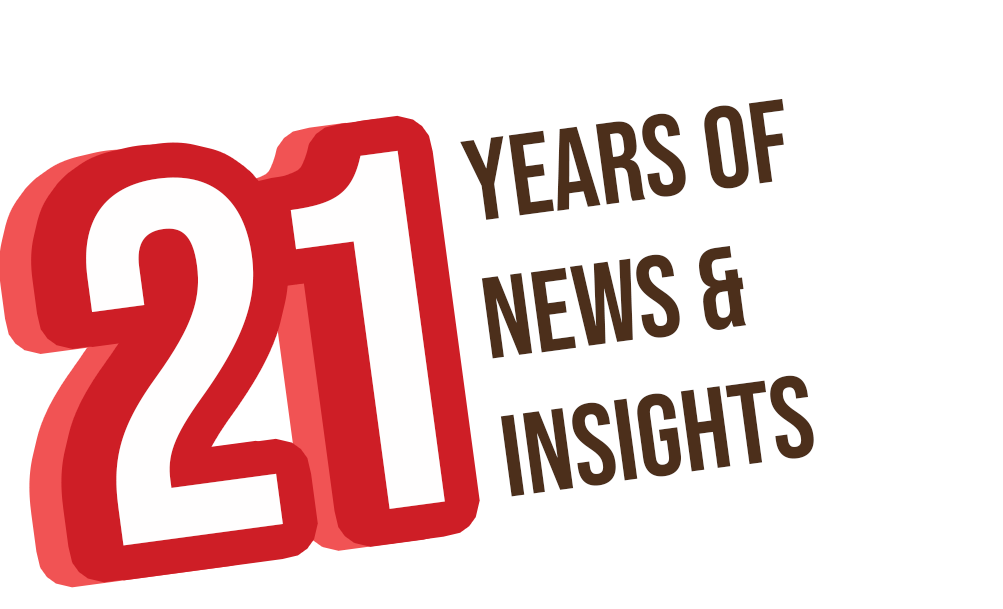

Titmouse’s Annual 5-Second Animation Day Has Evolved Into A Unique Studio Tradition
Over a decade ago, Shannon Prynoski, co-founder of Titmouse, came up with the idea for 5 Second Day, a kind of “paid company holiday” for employees to blow off steam by working on their own personal animation projects.
Originally, 5 Second Day was just that: one day a year during which the Titmouse offices closed and artists would create their own shorts of at least 5 seconds to share with their coworkers.
“The goal has never been anything but just to make cartoons that we can all enjoy,” says Chris Prynoski, Shannon’s husband and other co-founder of Titmouse, the studio behind series like Metalocalypse, The Venture Brothers, and Niko and the Sword of Light, as well as the feature Nerdland. “You know: Let’s just have fun and crack each other up.”
Since the event’s inception in 2008, however, the tradition has evolved quite a bit. Prynoski says that, while the number of films in the program has decreased in recent years, there’s been a rise in collaboration and film length and complexity.
“Artists want to show off, and there’s a little bit of healthy competition,” he says. “People want to be like, ‘Oh, I have a really ambitious idea that would be really hard for me to do on my own.’”
By collaborating, the filmmakers are allowing themselves to play to their own strengths. Of course, that also means that many teams are doing a lot more planning and work than can be achieved in one day. Animator James Sugrue of the New York office says that he started planning his short in late November, and started animating in January, though the “official” 5 Second Day was on February 12 this year.
So why are so many of the studio’s artists willing to dedicate their own free time to a project that was originally intended to be just for fun?
“Five Second Day is actually my favorite thing about Titmouse,” says animation director Sean Covernton, also in New York. “I think that a lot of us got into animation because in some way we wanted to tell stories. Working on a production means you’re still doing something you love but you’re telling other people’s stories, so this is a great opportunity to say, ‘You know what I’ve always wanted to do…’”
Besides the fun and games, says Prynoski, 5 Second Day also allows the studio to see where it may be able to redirect talent more appropriately. “Sometimes it gives a chance to show off [someone’s] skillset I would never know about, or other people in the studio would never know about,” he explains. “It has helped in some ways, like, ‘Maybe we should let that person direct something or do a different job than they normally do.’”
Anneli Strassler, who currently works as a color stylist in New York, started out at Titmouse as a cleanup artist. Her first 5 Second Day, she says, was a chance for her to flex old muscles. “[It] was stressful because I had pretty much no idea what I was doing. I hadn’t really animated in years,” she says. “But I did a super rough animation and it came out better than I thought. It was great to…show myself and everyone else, ‘Hey, I can do this!’”
Since then, Strassler has worked in animation, color design, and prop and effects design, and has no intention of staying in the same department for long. She’s not the only one for whom 5 Second Day has served as a professional launching pad; in other cases, ideas from these shorts have become fully-fledged projects or have opened doors for other opportunities. Mike Carlo, an animation director at Titmouse, says one of his 5 Second Day shorts led to an internal directing job working on Hot Wheels movies for Mattel.
“It was a turning point for me in my career,” says Carlo. “The project was unlike anything I had headed up before and it was a huge learning experience for me.”
Most importantly, the artists remain in full control of what they produce for 5 Second Day. “The artists retain the IP, so they could conceivably go out and pitch to whoever they want, do whatever they want with their stuff after 5 Second Day,” confirms Prynoski.
The audience for this annual event has grown significantly since its inception in 2008, which is partially owed to the growth of the studio itself. Where once the shorts were screened in the lobby of the lone L.A. office for Titmouse employees’ eyes only, there are now screenings open to the public in the home cities of each of the studio’s three offices in L.A., New York, and Vancouver. Seats are reserved for employees, of course, but Prynoski says that most screenings in the past few years have sold out of their publicly available tickets.
The screening at the American Cinematheque in Hollywood two weeks ago featured a line-up of around 130 shorts that varied greatly in scope, scale, and theme, and very few of which were only five seconds long. Despite its grand venue at the Egyptian Theatre, the event seems to have at least partially retained the vibe of those first, more intimate 5 Second Day showings. The theater was full of animators laughing extra hard when their friends’ names appeared on screen, and at inside jokes that flew over the heads of non-Titmouse audience members. (For instance, a running yearly gag is to create low-production value shorts and attribute them to studio animator Brian Pak, who has never actually participated in 5 Second Day.)
Prynoski says he doesn’t have any other plans for the future of 5 Second Day other than to keep it going. “As long as it continues to be fun for people to work on, then we’ll keep doing it.”
The 5 Second Day screening in Vancouver is tonight, Thursday, March 15, while the New York screening happens tomorrow night, March 16. Advances tickets for the Vancouver screening are sold out, but you can try your luck at the door, while tickets for the New York screening are still available.

.png)